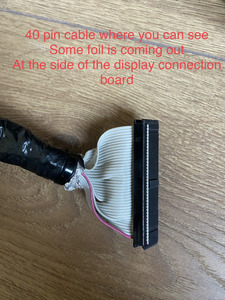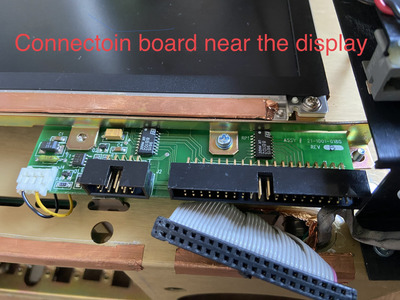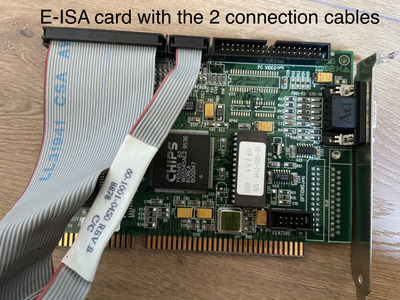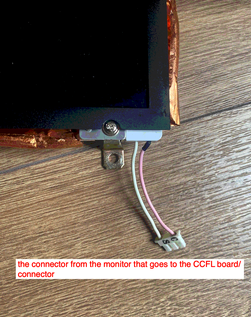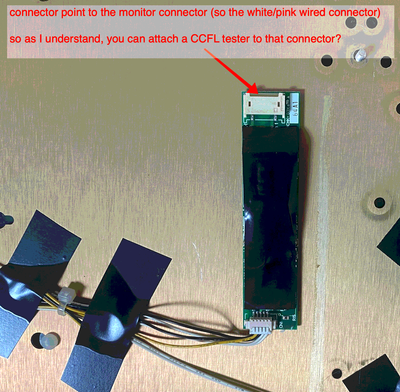First post, by Thomas82
Two weeks ago I bought a Dolch PAC 62. Everything seemed ok, except the display. When I turned it on, the display was readable, but with interference every few seconds. I thought that it could be the cables from the video card to the display.
There are two cables in between: a 10-pin and a 40-pin ribbon flat cable. Near to the display connection board, the cables come together and can cause malfunction.
So I unmounted the cables, wrapped them with aluminum foil, taped it, and reconnected them. That worked! The display was as clear as never before! After that, I reassembled everything back together and replaced the cables in a good way. With that done, I made a stupid mistake I guess. When everything was reassembled I started the computer, and there was no display reaction anymore. The screen stays black 🙁
After inspection, I found that one of the cables had some foil coming out at the side of the display connectors. It could be that the foil caused a short circuit… But on the PCB from the displayside everything seems ok. I tried the computer with an external monitor, and it’s just working. So the mainboard and everything is still ok, except something at the display connection board I guess.. I even tried new ribbon cables (10-pins and 40-pins) but the display is not coming up anymore. I don't know what to do right now. I hope that there's somebody who can help me with this issue, cause I'm desperate.
I hope somebody can help. Thank you so much.
